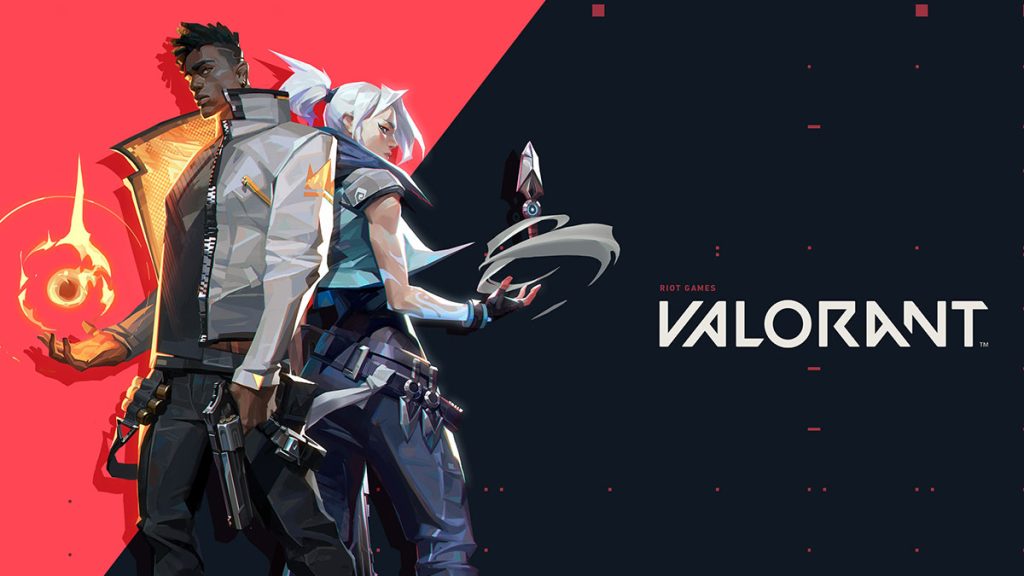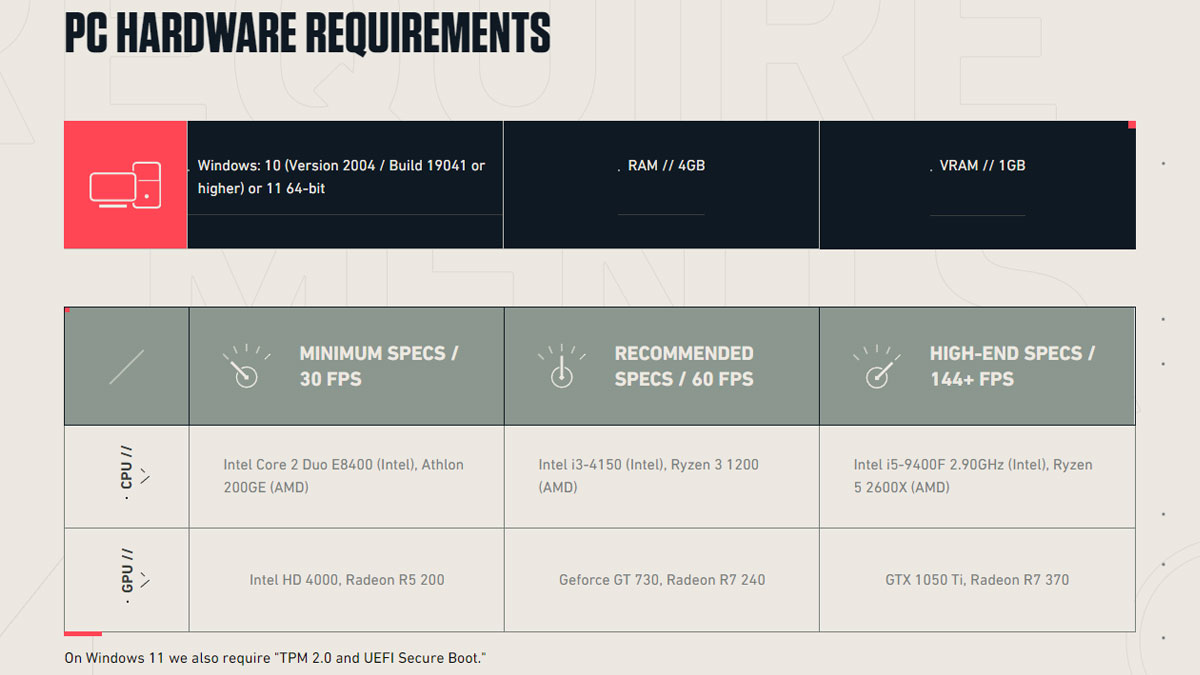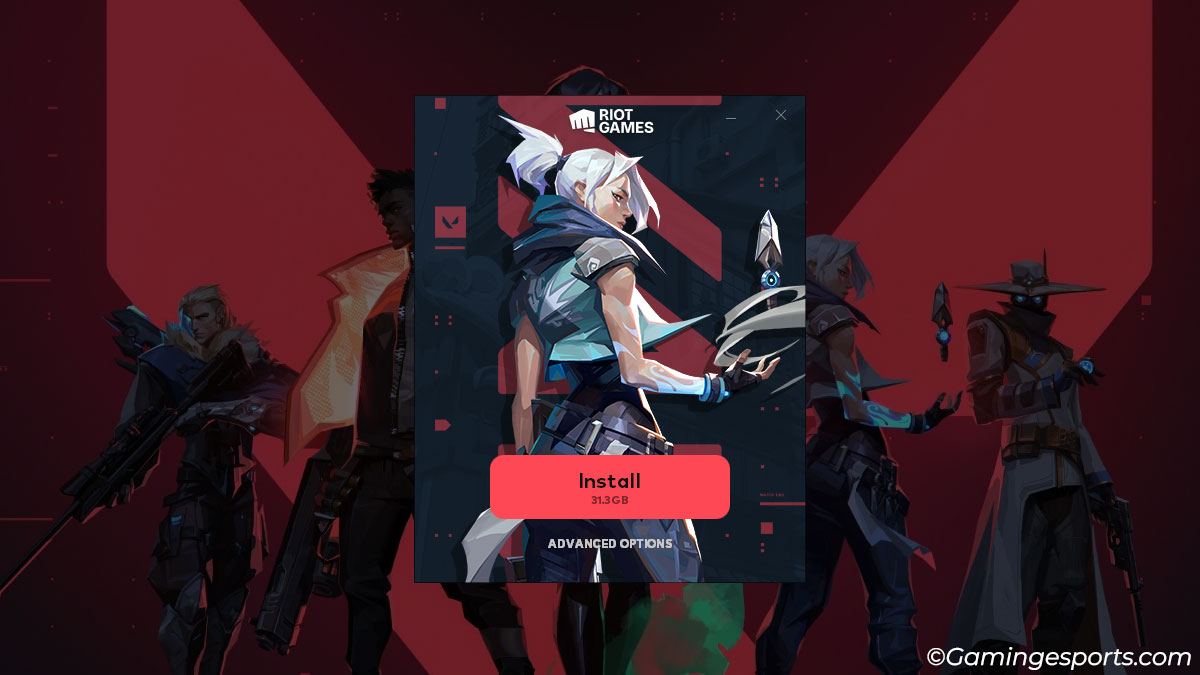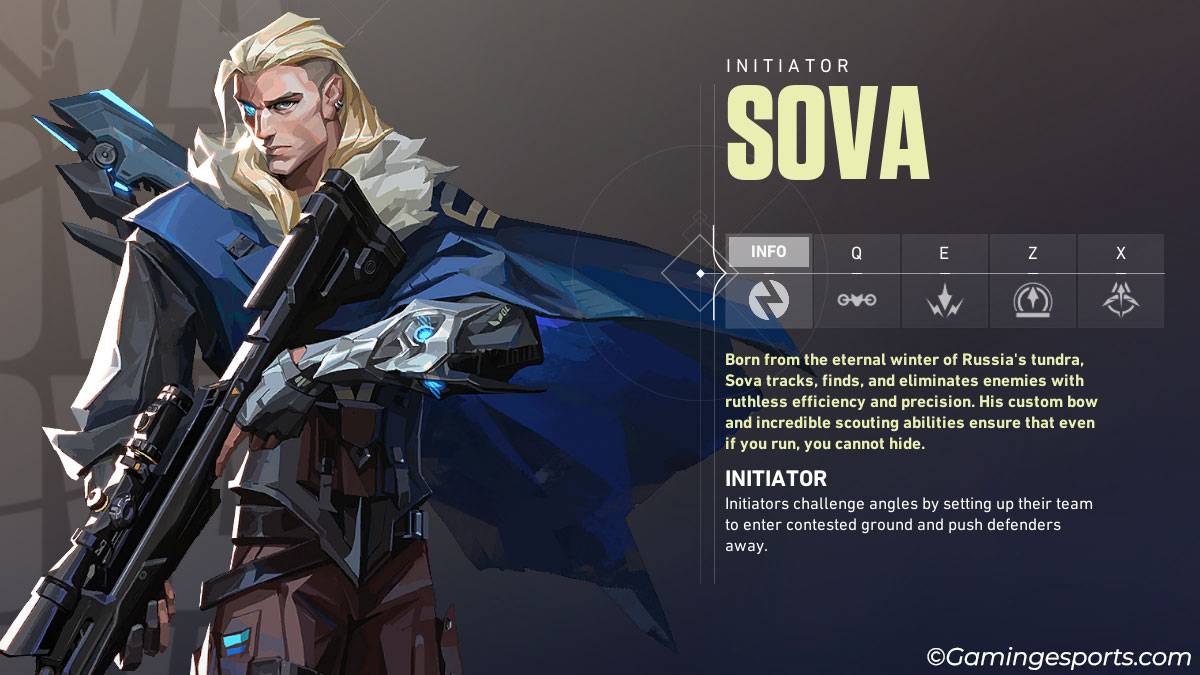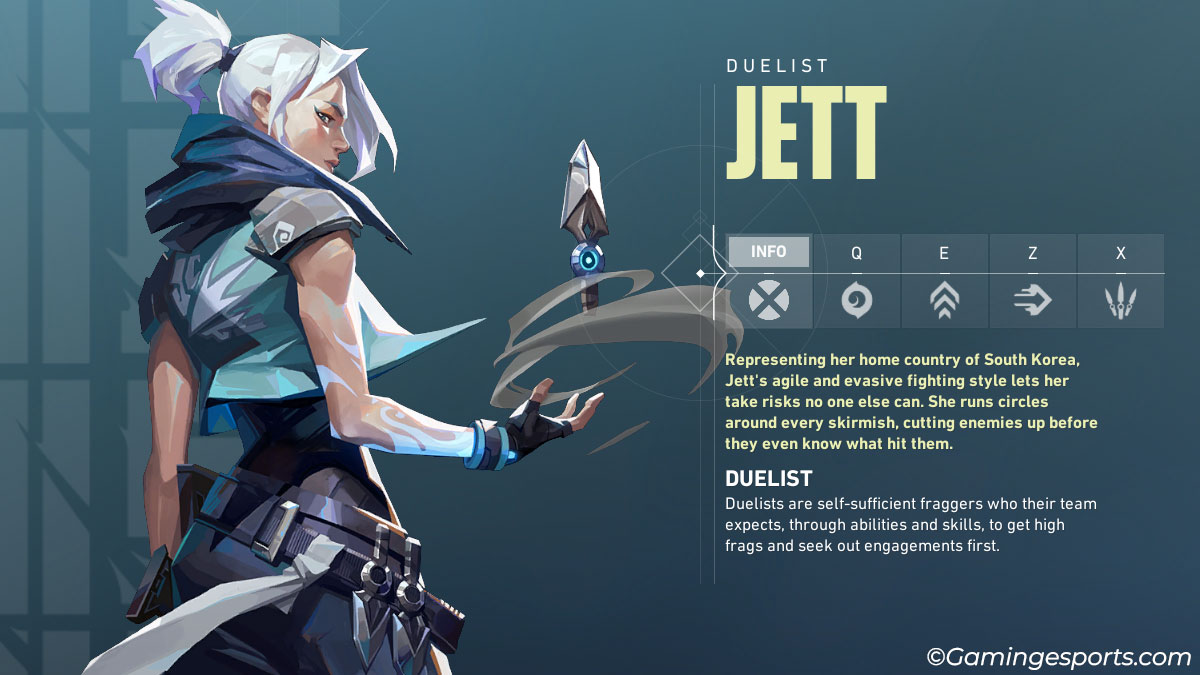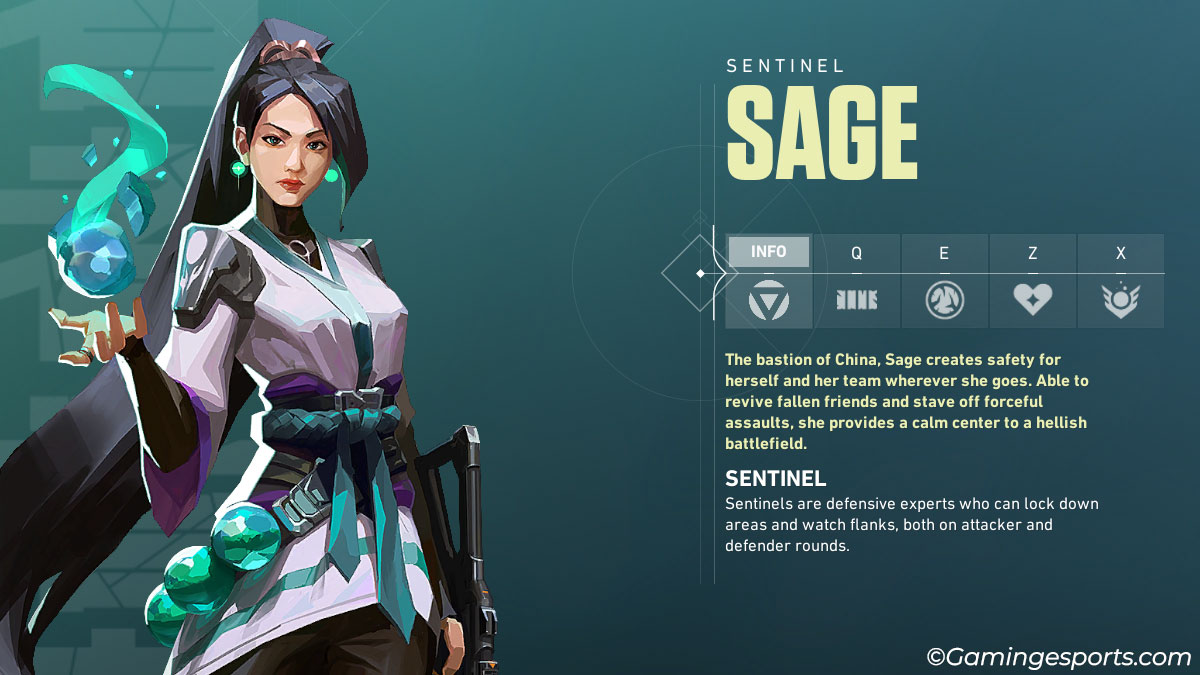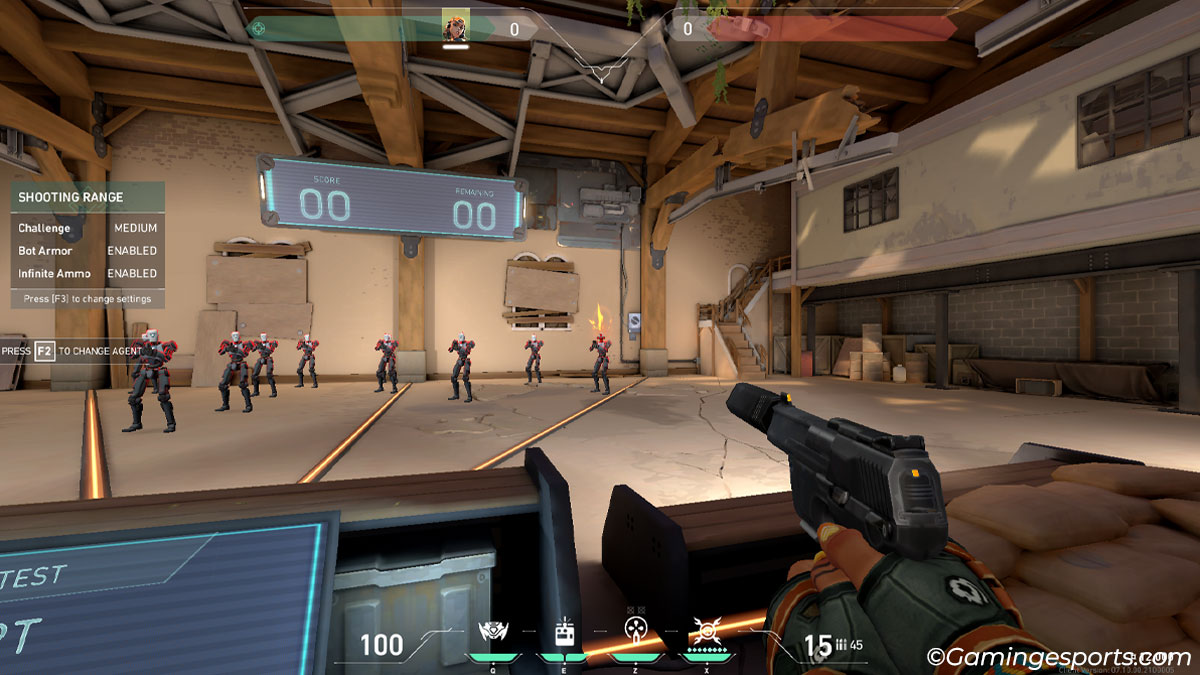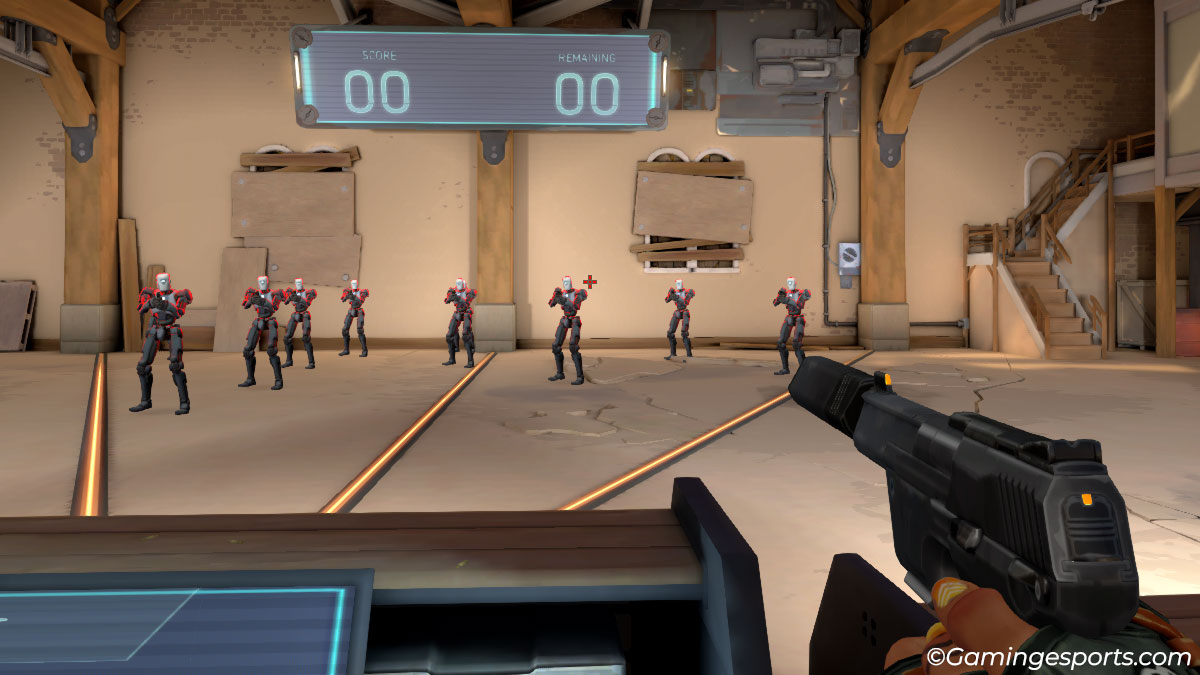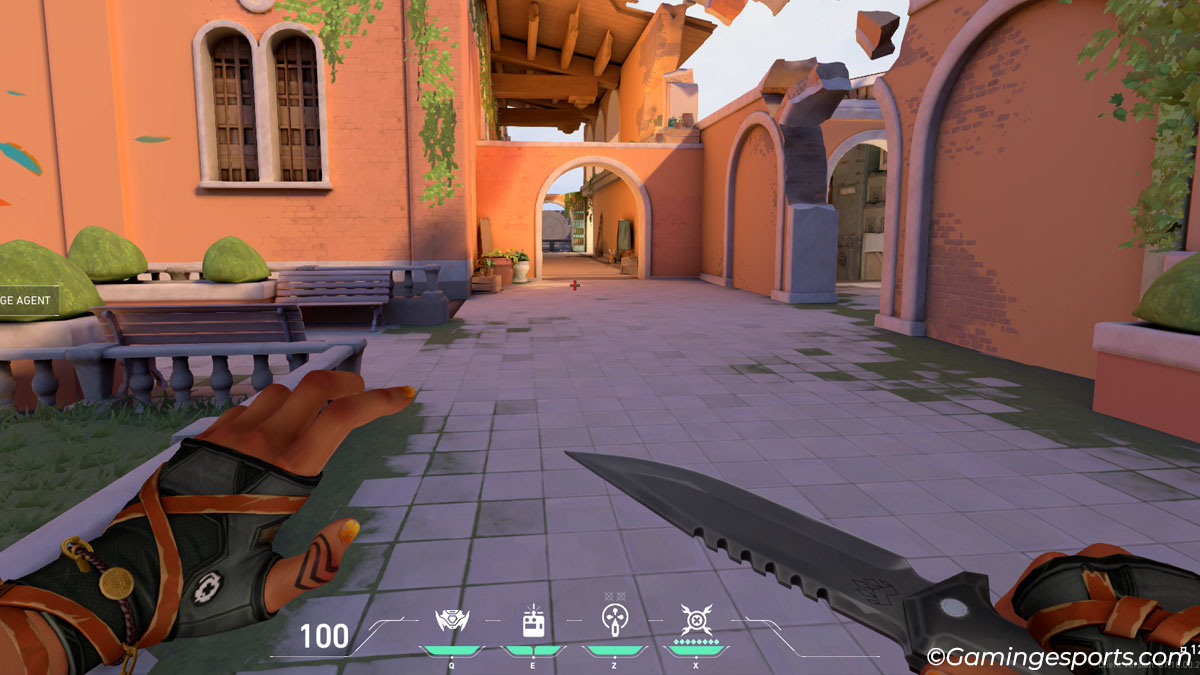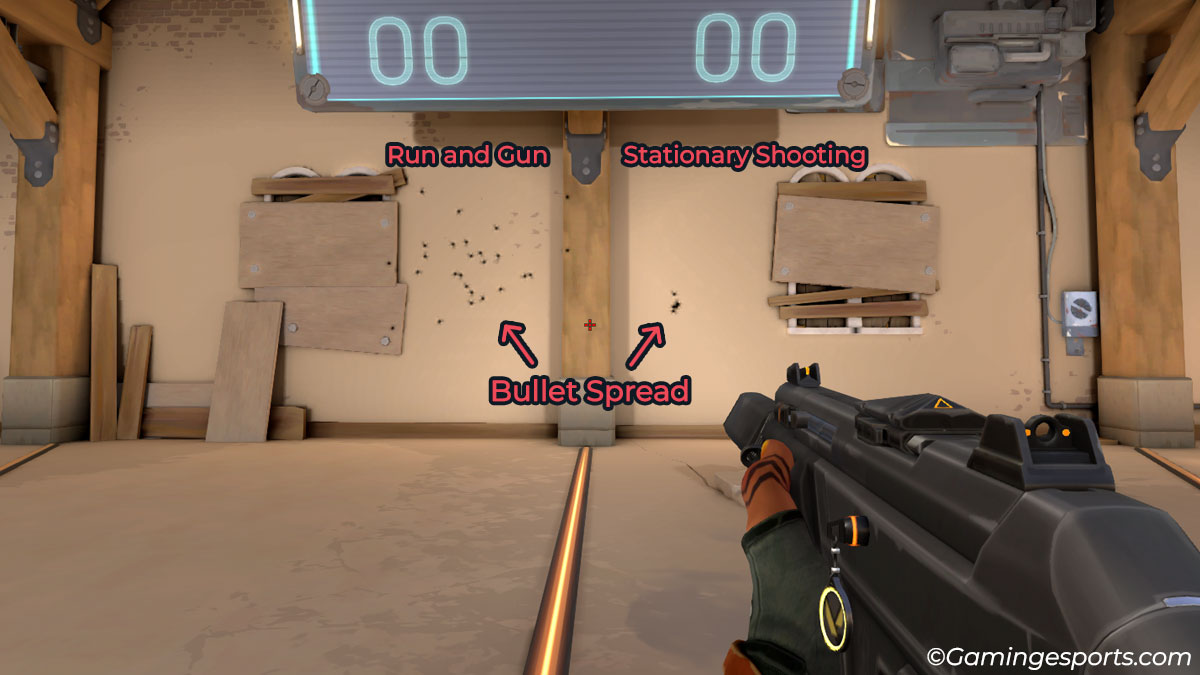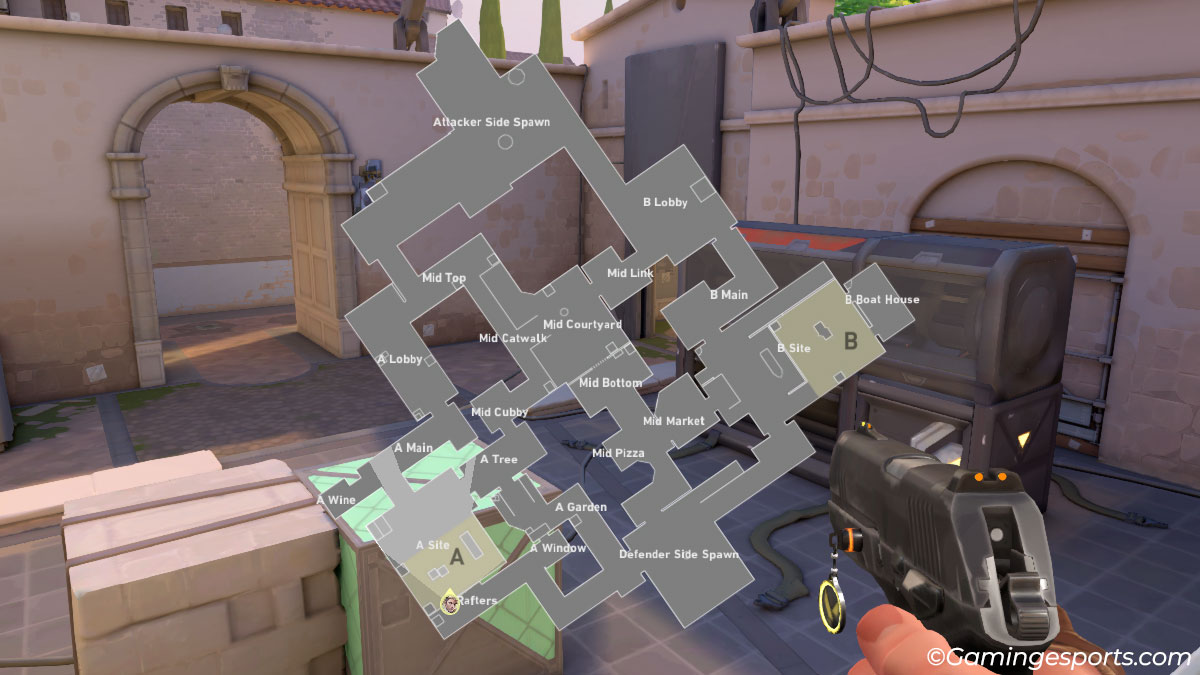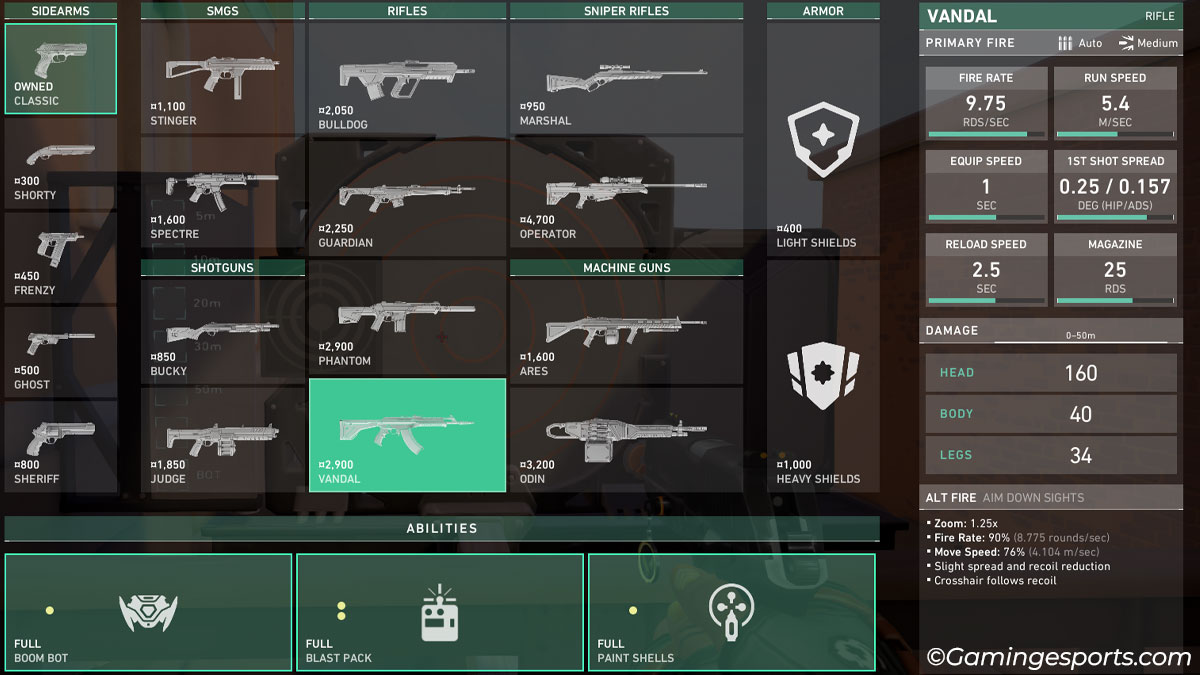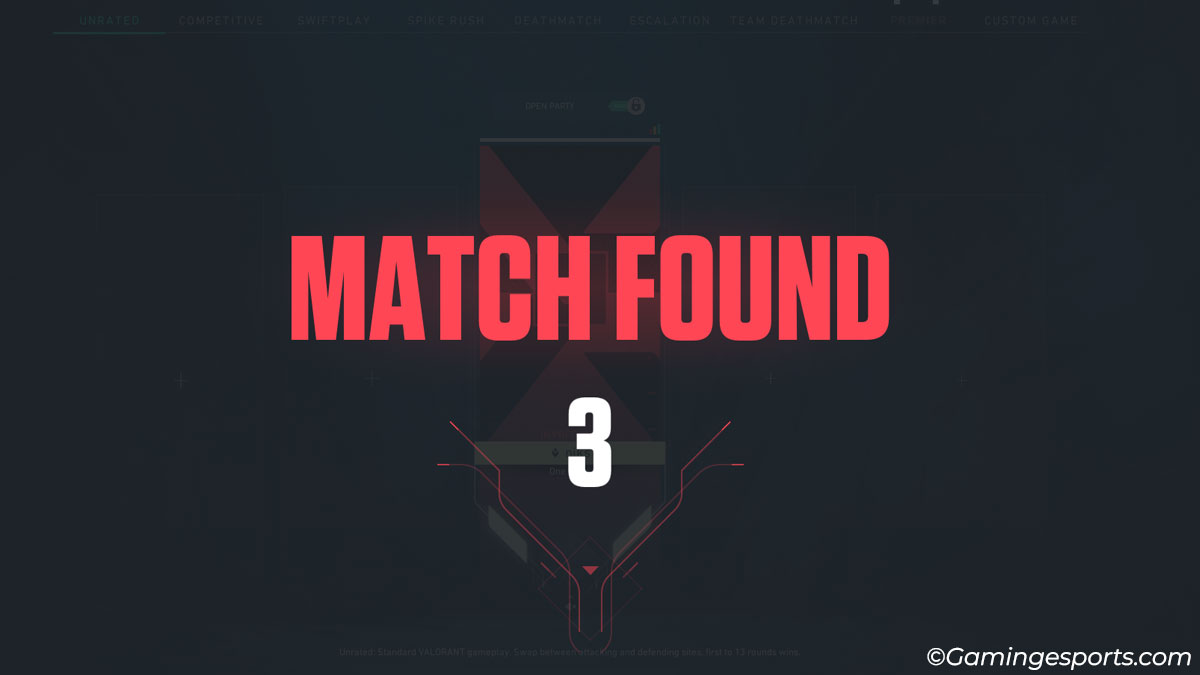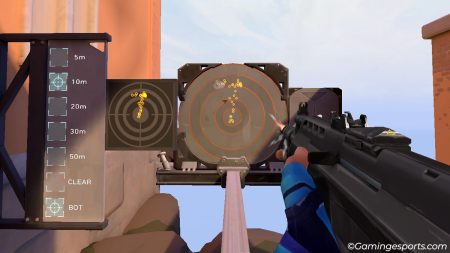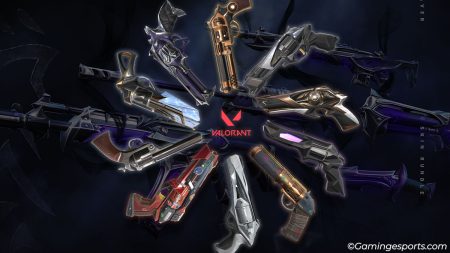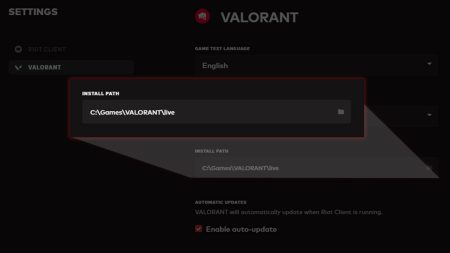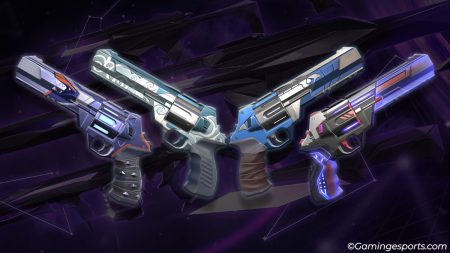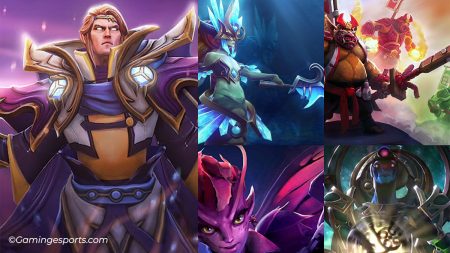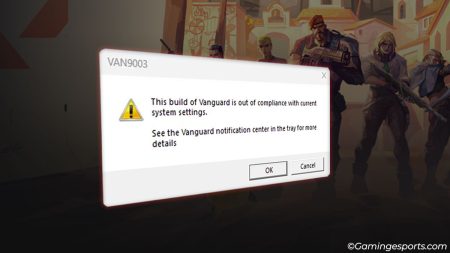There’s no doubt that Valorant (a game released back in 2020) has quickly become one of the best competitive FPS games ever. So much so that it even won the best esports game of the year in 2023. The reason for such immense popularity is the gameplay.
Valorant is a team-based tactical shooter that combines the traditional gunplay of Counter-Strike with the arcady hero abilities from Overwatch. The result?
A fun yet competitive game that can be enjoyed by any player regardless of their skill level.
So, if you’ve been meaning to jump into the game but don’t know how, Here’s a complete beginner’s guide to help you with your journey into Valorant.
Table of Contents
Game Installation
Before discussing the game, let’s quickly run over how you can install Valorant on your computer.
- Read the system requirements to ensure your computer can run the game smoothly.
- Visit the Valorant’s Official Website and log in to your Riot Account. You can create one on the website if you don’t have an account.
- Download and run the .exe file. The installation wizard will first install Riot Vanguard on your system. It is Riot’s anti-cheat software that detects and blocks any suspicious activities.
- After installing Vanguard, it will start downloading Valorant. The game is around ~32GB. So, make sure that you have enough storage space on your system.
Note: If you’re getting the TPM 2.0 error and cannot boot Valorant, you must turn it on from your BIOS menu.
The Gameplay
While the gameplay and the active objective of matches depend on the game mode, the overall gameplay loop remains the same.
Here’s the general flow of how you play a match in Valorant.
After queuing and joining a match, you’ll be greeted with the agent selection screen. Here, you’ll need to pick an Agent and then Lock in to confirm your selection. You can also wait for the timer to finish to proceed to the match.
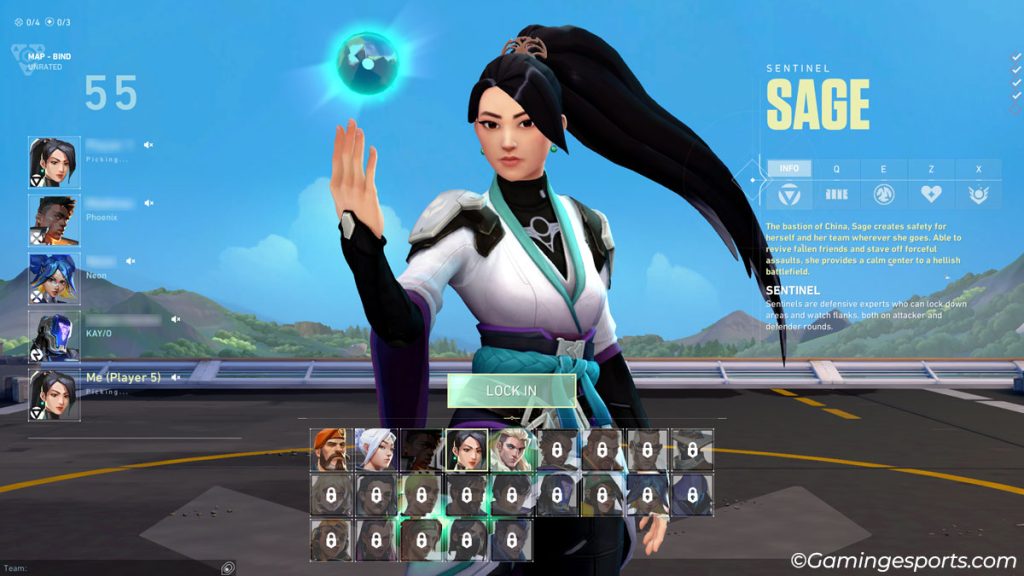
At the start of every round, you’ll be in the buying phase. This is a pre-match phase where players can buy armor, abilities, and weapons, granted players have the credits for the purchase.
If this is the first round of the match, then you will only have 800 credits.
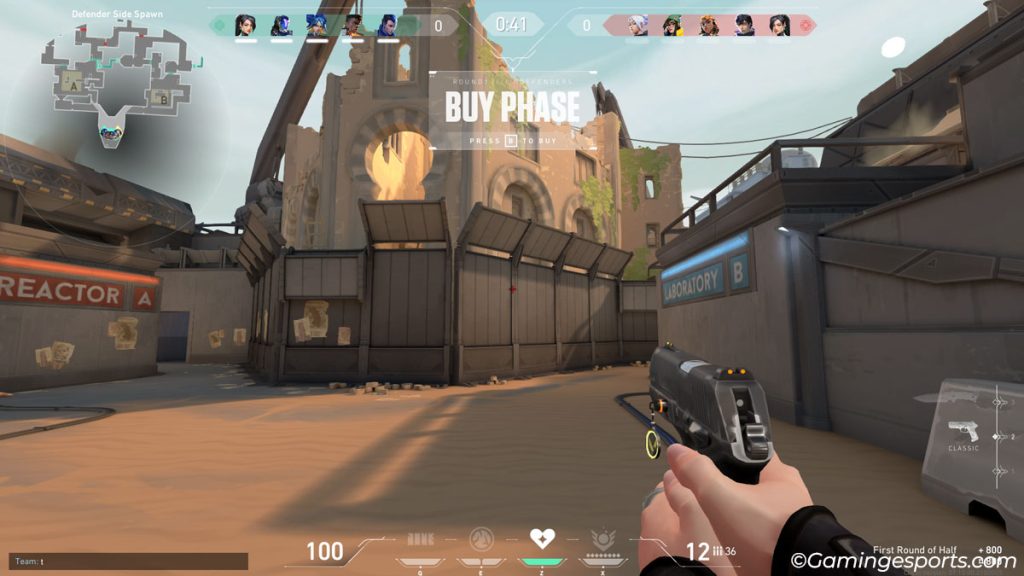
Credits are in-game currency, which you’ll get after every round based on your team’s performance.
The better you play, the more credits you’ll earn. Higher credit will allow you to get the agent’s abilities, better armor, and other stronger weapons.
You can even ask your teammates to purchase a weapon if you don’t have enough credits.
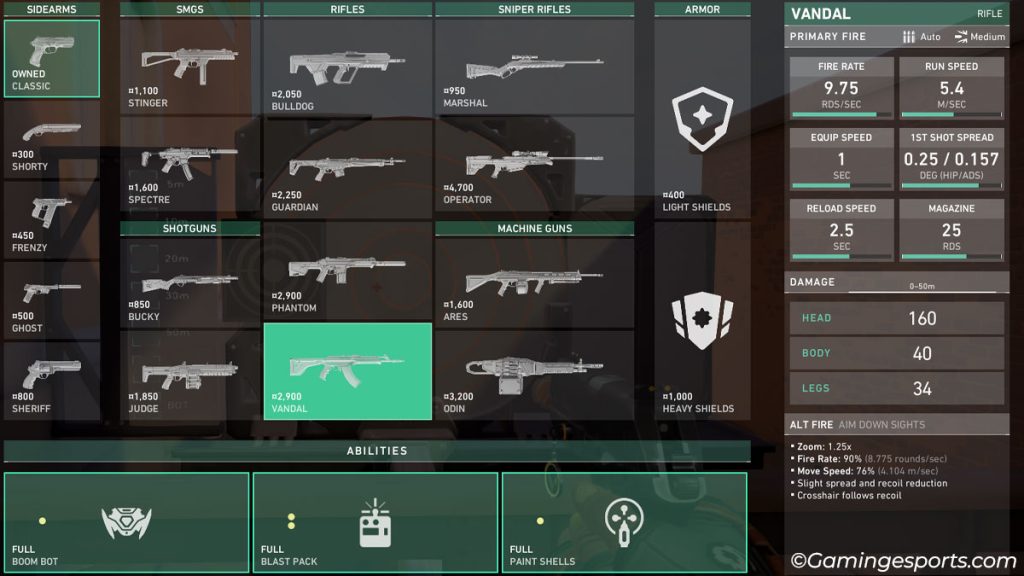
After finishing the buying phase, the game mode you initially had queued for will begin. This brings us to our next topic, the game modes.
The Game Modes
There are two main standard game modes that you can play in Valorant. You can either join the traditional plant/defuse game mode or opt-in for a deathmatch-style gameplay.
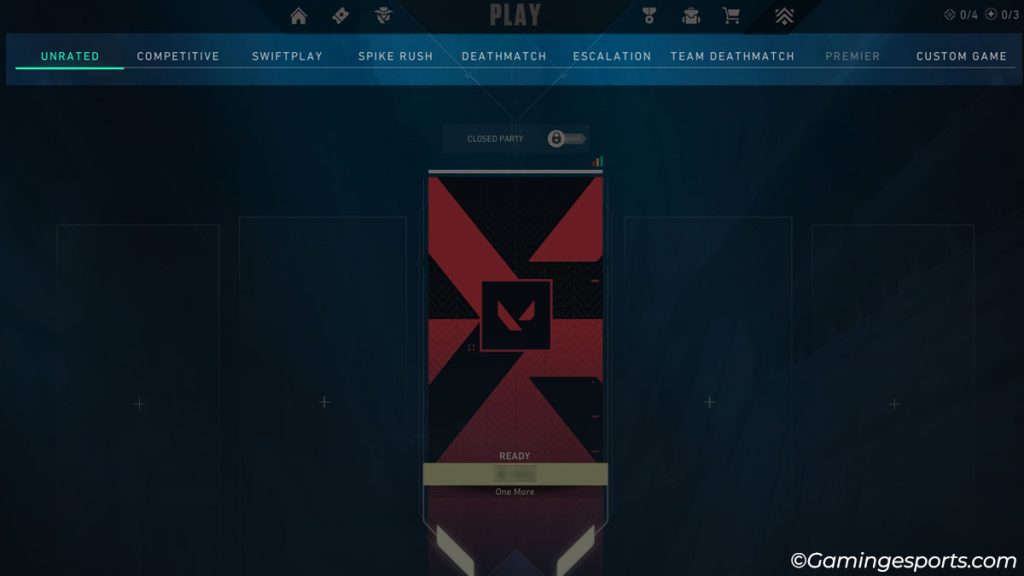
Plant/Defuse
The Plant/defuse is a classic game mode that offers gameplay quite similar to Counter-Strike.
You play as a team of five on either the attacker or the defender side. Each team has different objectives based on their role that they’ll have to complete to win.
The goal of the attackers is to either eliminate the opposing team or plant a spike on any of the three sites (A, B, C). Achieving any one of these conditions will result in victory.
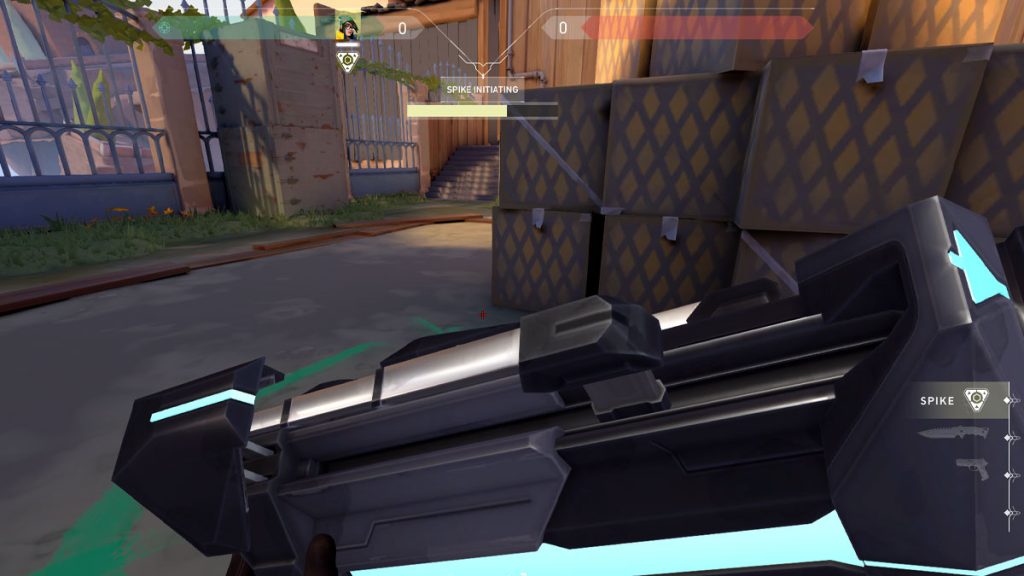
On the other hand, Defenders are responsible for fending off the attackers and preventing them from planting the spike.
If a spike has already been planted, defenders will have to defuse it before it goes off, as simply eliminating the attacker’s team is not enough for a victory.
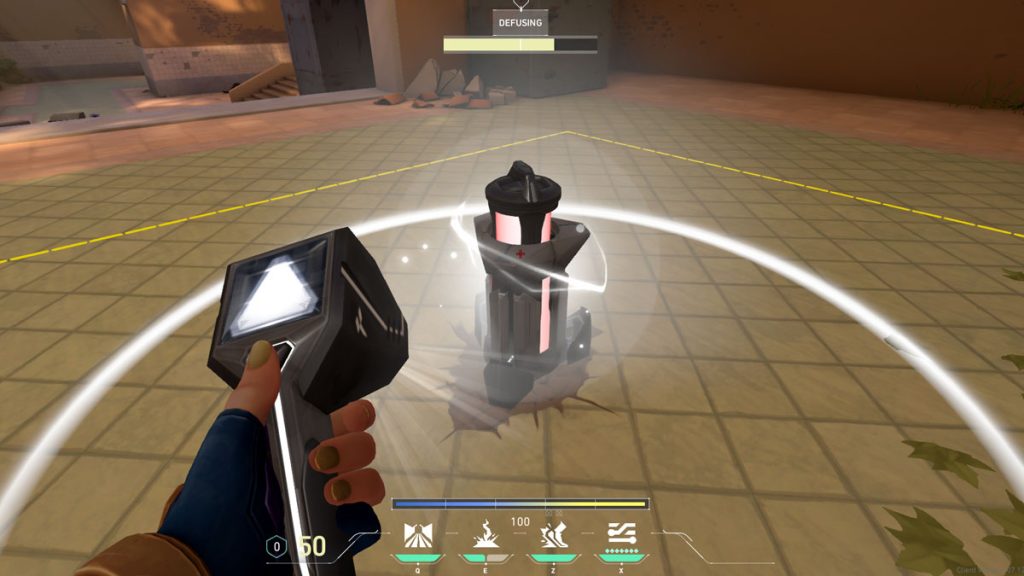
There are six modes in total that feature the plant/defuse-styled gameplay. Each mode has a few fun perks that make them feel unique.
- Unrated: This mode offers the standard Valorant plant/defuse gameplay with a total of 24 rounds, with every round lasting for a minute and 40 seconds. You play 12 rounds either as the attacker or defender. After that, you switch sides with your opponent and play for another 12 rounds. The team with the highest match points will win the game.
- Swiftplay: This is a much shorter and faster version of the standard Valorant gameplay. Instead of the usual 12 rounds, here, you play a game of only five rounds.
- Competitive: As the name suggests, this is the mode where things get a bit competitive. It offers the same gameplay and rules as Unrated mode, but things are at a much higher stake. Winning matches will increase your rank, whereas losing will do the opposite. Matches are a lot longer with the option to also go overtime. To unlock this mode, you’ll have to reach Account Level 20.
- Premier: This mode is very similar to the competitive mode but focuses more on tournament match structure. Currently, this game mode is in BETA.
- Spike Rush: Spike Rush follows the same match structure as Swiftplay but with a few added modifications. All team members will start with the same random weapon in each round. You can also collect the random orbs to buff your team or debuff your opponents.
Deathmatch
Deathmatch is a different-styled game mode whose main objective is to collect as many kills as possible. Every team member has unlimited respawns, and the kill cap or the time limit will determine the winner of the game.
Four game modes offer deathmatch gameplay.
- Deathmatch: This is a free-for-all game mode where a total of 12 players can participate. Every player can equip any weapon of their choice, and whoever hits the 40-kill cap first or has the highest kill within the 9-minute timer will win the game.
- Escalation: This is a team-based deathmatch where both teams will race against each other to stack up the highest number of kills. The game lasts 12 rounds, and in every round, all the players will have the same weapon. As the round progresses, players will cycle through other weapons.
- Team Deathmatch: This is a standard team-based deathmatch where both teams will compete to get 100 kills as quickly as possible. Matches are much more chaotic as abilities re-generate over time, and you also get buffs from orbs that spawn randomly around the map.
Custom Game
Valorant also offers a non-standard custom game mode where players can create their own game modes via the given set of rules and modifiers.
The game mode is purely private, where the host will need to invite other players from their friend list.
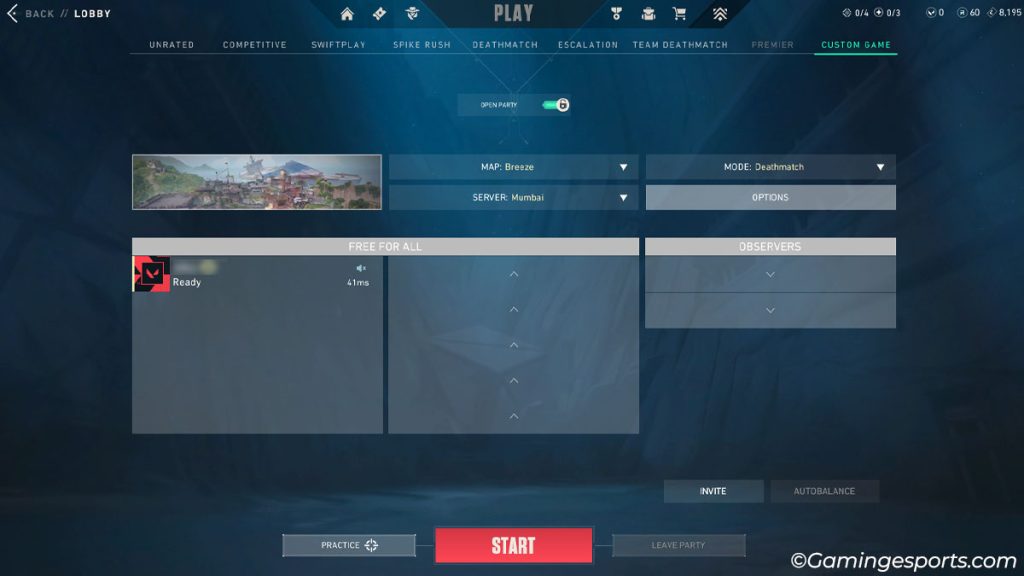
You can use this mode to practice or have 1v1 with your friends.
Practice Range
Valorant also offers a free practice mode where you can test any agent’s abilities, use the weapons, practice your aim on targets or bots, and play the spike plant/defuse tutorial.
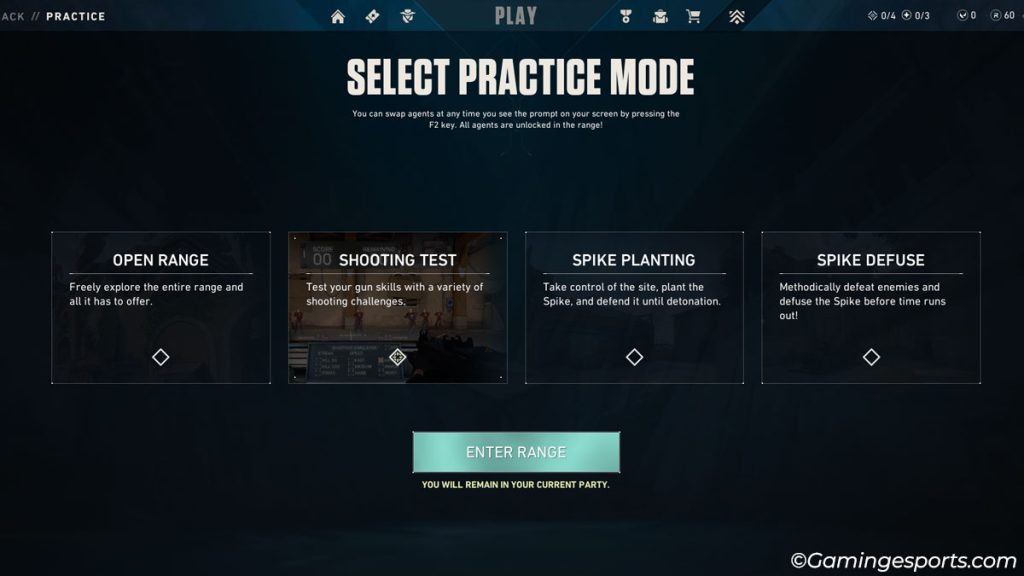
The Agents
Agents are the main aspect of Valorant that separates it from its competitors. These agents have four different abilities, one being their signature Ultimate.
This makes every agent feel unique and more fun to play around with.
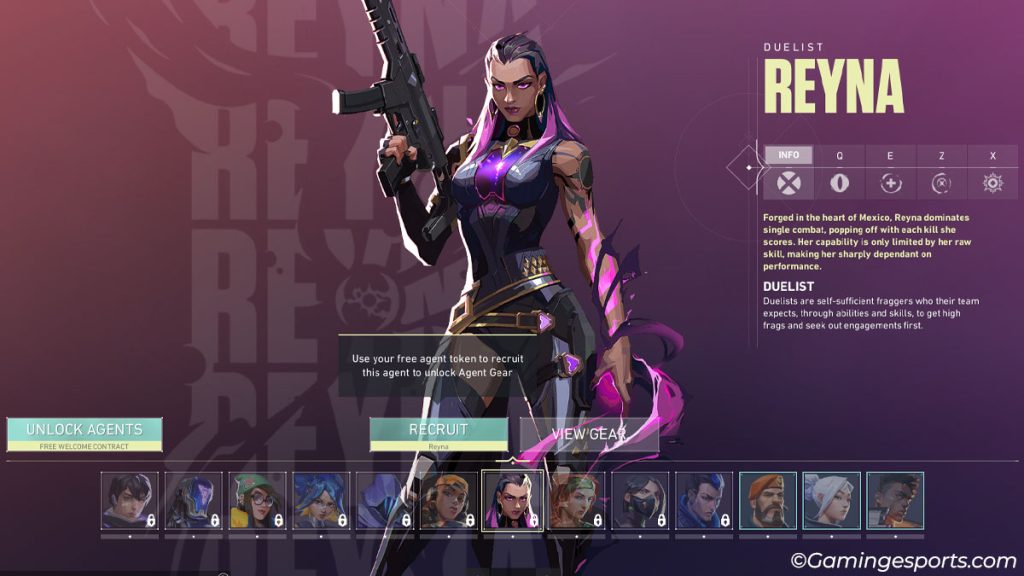
Agents are categorized into four different roles on the basis of their abilities, i.e., Initiator, Duelist, Sentinel, and Controller.
- Initiators are responsible for scouting enemies, launching an attack, and setting up angles to lure out enemies from hiding.
- Duelists have a well-rounded kit of abilities that allows them to go head-to-head against the opponent. Their job is to seek and fight off the enemies to secure the area.
- Controllers are responsible for setting up the pace for the gunfight by setting up choke points, disrupting the opponent’s vision/movements, etc.
- Sentinels aid their team with defensive support. Their job is to watch the team’s back by blocking off enemy flanks and securing the area.
Every role has multiple agents, each with unique abilities that support their gameplay. As of right now, you can choose from 23 different agents in the game. They are as follows.
| S.N. | Agents | Roles |
| 1 | Astra | Controller |
| 2 | Brimstone | Controller |
| 3 | Harbor | Controller |
| 4 | Omen | Controller |
| 5 | Viper | Controller |
| 6 | Iso | Duelist |
| 7 | Neon | Duelist |
| 8 | Jett | Duelist |
| 9 | Phoenix | Duelist |
| 10 | Raze | Duelist |
| 11 | Reyna | Duelist |
| 12 | Yoru | Duelist |
| 13 | Breach | Initiator |
| 14 | Fade | Initiator |
| 15 | Gekko | Initiator |
| 16 | KAY/O | Initiator |
| 17 | Skye | Initiator |
| 18 | Sova | Initiator |
| 19 | Chamber | Sentinel |
| 20 | Cypher | Sentinel |
| 21 | Deadlock | Sentinel |
| 22 | Killjoy | Sentinel |
| 23 | Sage | Sentinel |
Only a handful of agents will be available from the get-go if you’ve just started playing the game. They are Brimstone, Jett, Phoenix, Sage, and Sova. To unlock other agents, you’ll have to spend either Valorant Point or Kingdom Credit, the in-game currency.
Note: You can also unlock two agents for free by progressing through the Welcome Contract.
The Weapons
As the name suggests, Weapons/Arsenal are the primary tools that are used to defeat your enemies in the game. The game has two types of weapon types (excluding the melee).
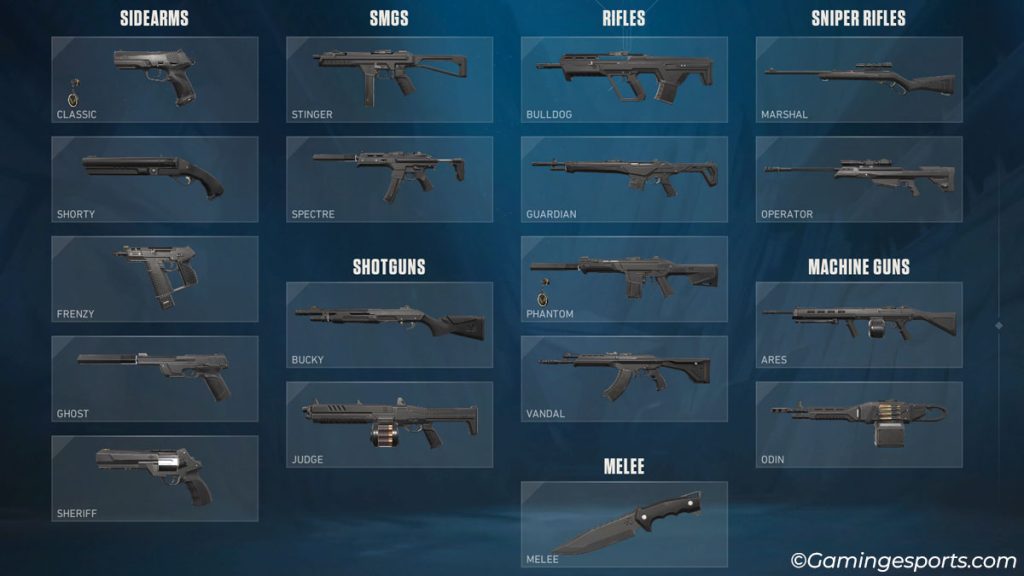
The first one is the sidearm weapon class, which consists of weapons such as pistols, sawed-odd shotguns, revolvers, etc, whereas the second one is your primary weapon class, which includes rifles, shotguns, SMGs, machine guns, etc.
All of the weapons deal different damage numbers depending on the weapon class. For example, landing a headshot with your rifle is more likely to take down an enemy quickly than using a pistol or SMG.
Moreover, every weapon also requires weapon handling skills as they have different bullet spreads, recoil patterns, and reload speeds. You can familiarize yourself with all the weapons by practicing on the shooting range map.
Here’s a list of all the weapons available in the game.
| S.N | Weapon Class | Weapon Name |
| 1 | Sidearm | Classic |
| Shorty | ||
| Ghost | ||
| Frenzy | ||
| Sheriff | ||
| Golden Gun (Exclusive on Spike Rush) | ||
| Snowball Launcher (Exclusive on Escalation) | ||
| 2 | SMGs | Stinger |
| Spectre | ||
| 3 | Shotgun | Bucky |
| Judge | ||
| 4 | Rifles | Bulldog |
| Guardian | ||
| Phantom | ||
| Vandal | ||
| 5 | Sniper Rifles | Marshal |
| Operator | ||
| 6 | Machine Guns | Ares |
| Odin |
Some Additional Tips
Now that we’ve covered all the basic things to get you started in Valorant, let’s discuss few tips that’ll help you get better at the game.
- By far, the most important skill in Valorant is aiming. Having quick reflexes with accurate aim will help you win most encounters. You can practice aiming in the shooting range or use other aim-training softwares like Aimlabs.
- Another skill that is equally important to aiming is crosshair placement, as it will help you with your reflexes. Generally, you’d want to place your crosshair around the enemies’ head level to minimize the time you spend adjusting your aim. Now, this might feel a bit confusing and complicated at first, but with enough practice, it becomes second nature.
- Next up is movement. Before jumping into a match, familiarize yourself with your character’s movement. It’s a bit slower than other FPS games for a reason. Valorant is a tactical shooter that focuses on having good position and angles.
- Do not use the run-and-gun approach, as it will severely affect your aim. You’ll need to stand still and shoot for more accuracy. You can practice counter-strafing movement where you would strafe, stop for a second, shoot, and then continue strafing again.
- Familiarize yourself with the weapons in the practice map. Every weapon has a different recoil pattern, effective range, and handling, so you’ll need to find a weapon that suits your playstyle.
- Have a general knowledge of all of the 13 maps in the game, as it will help you find better positions and angles for gaining the upper hand against your opponents.
- Use your economy wisely for the best weapons, armor, and abilities. If you have insufficient credits in a round, you can always save it to get better gears in the next round.
- Feel free to queue up in any game mode, as you can only get better at the game by practicing in actual matches. You can also watch replays and other pro players to learn and improve your skills.
And that’s it; we have covered pretty much everything that a beginner should know about Valorant. Now, go out there and have some fun!
